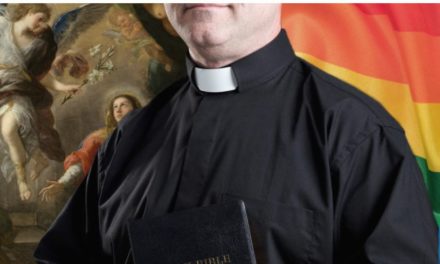According to the manuscript, Ferenc Kölcsey finished the Anthem on this very day in 1823.
Ferenc Kölcsey, who lived in Szatmárcsek since 1815, wrote the greatest masterpiece of his patriotic poetry, the Hymnus, in January 1823, during the time when the Viennese court's anti-constitutional measures were intensifying, the manuscript of which was cleared on January 22, 1823. The poem was first published in Károly Kisfaludy's journal Aurora in 1829, without the subtitle "from the stormy centuries of the Hungarian people", but in 1832, in the first volume of Kölcsey's works, it was published with the subtitle given by the author.
Ferenc Kölcsey wrote his poems on separate pages and collected them in manuscript packages.
The manuscript package containing the Hymnus disappeared at the end of the 1830s, and after more than a hundred years of hiding, it came into the possession of the National Széchényi Library in 1946. The manuscript of the Hymnus, damaged due to ink stains, can be found on two pages. (The website presenting the fictional history of the Anthem was completed two years ago.)
In 1844, a tender was put out to set the Anthem to music, which was won by Ferenc Erkel, the conductor of the National Theater in Pest. His masterpiece was presented at the National Theater on July 2, 1844, conducted by the composer. It was sung for the first time in front of a wider public on August 10, 1844 at the Óbuda Shipyard when the steamer Széchenyi was launched, and it was played for the first time at an official state ceremony on August 20, 1848. At that time, it was sung alternately or together with the Szózat on festive occasions, and during the period of repression following the defeat of the War of Independence, the National Anthem became the national prayer of the Hungarians, so to speak, on the basis of public consensus.
The National Anthem was officially adopted only by Act XXXI of 1989, which fundamentally amended the 1949 party-state constitution. included in the list of our national symbols by law.
Article I) of the Basic Law, which entered into force on January 1, 2012, also states: "The national anthem of Hungary is the poem Hymnusz by Ferenc Kölcsey with music by Ferenc Erkel".
The idea of commemorating the Day of Hungarian Culture was raised by the younger pianist Árpád Fasang in 1985. In his words, "this day is also suitable for raising awareness that we can draw from the thousand-year-old heritage and have something to be proud of, as this nation has given a lot to the culture of Europe and the world. This inheritance provides sustenance, it can be managed, and it can also help solve today's problems". On December 29, 1988, the National Council of the Patriotic People's Front decided to observe the Day of Hungarian Culture, and the events took place for the first time in January 1989.
In December 2022, the Parliament officially declared January 22 as the Day of Hungarian Culture.
On the occasion of the holiday, Hungarians here at home, abroad and around the world commemorate Hungarian cultural values. They organize exhibitions and concerts, book presentations, literary evenings and theater performances.
In connection with this day, professional recognitions related to Hungarian culture and (since 1993) education and pedagogical work are also presented, including the library and public education professional awards, the Kölcsey memorial plaque, the title of Knight of Culture of the Foundation for the Villages' Culture, and in Cluj-Napoca the Romanian Hungarian Transylvanian Hungarian Contemporary Culture Award founded by the Democratic Union (RMDSZ).
MTVA Press Archive
Cover photo: Ferenc Kölcsey
Source: rolunk.at













